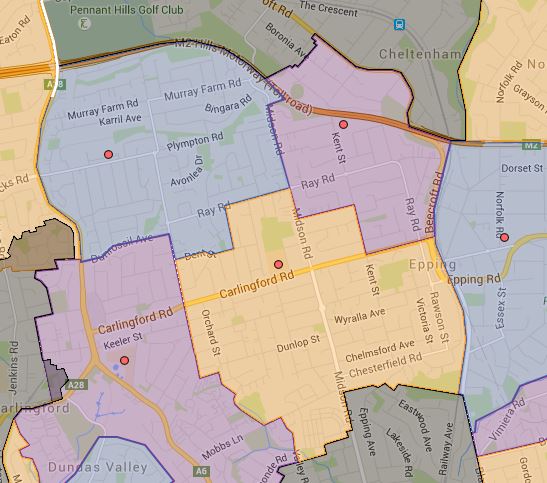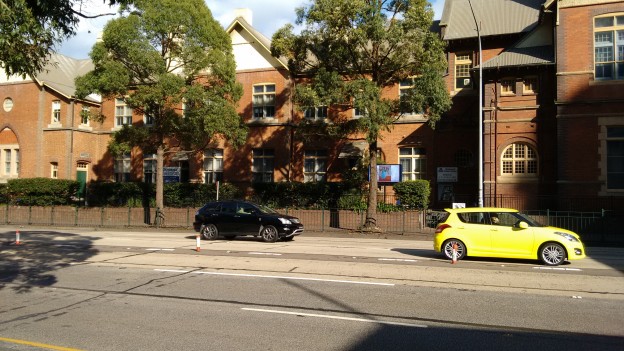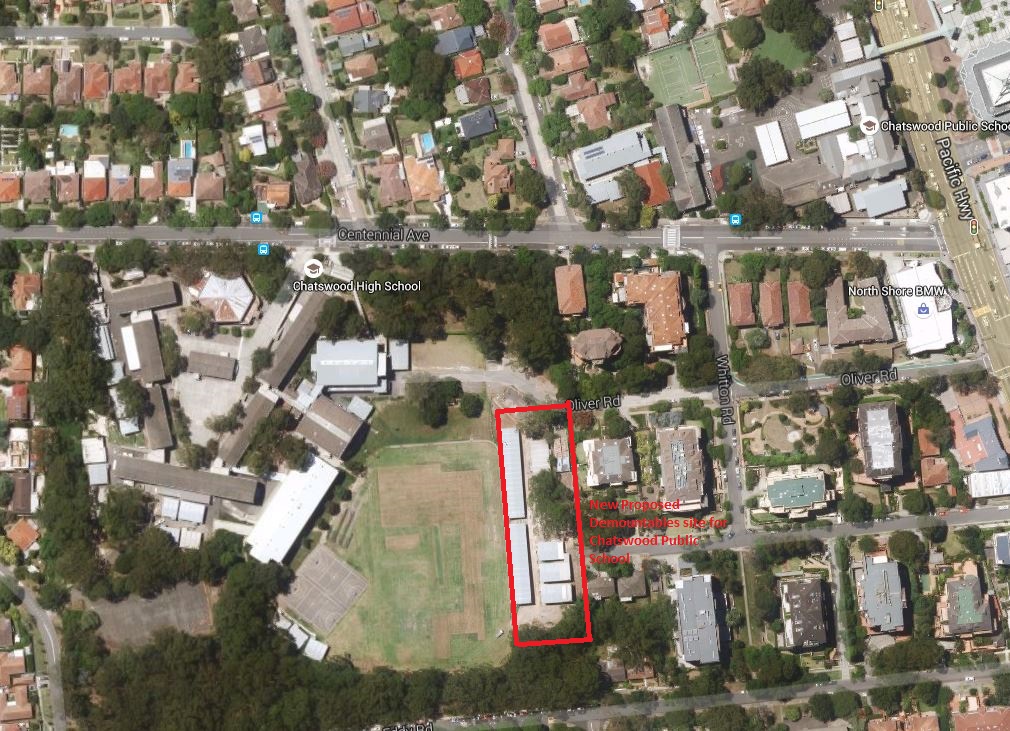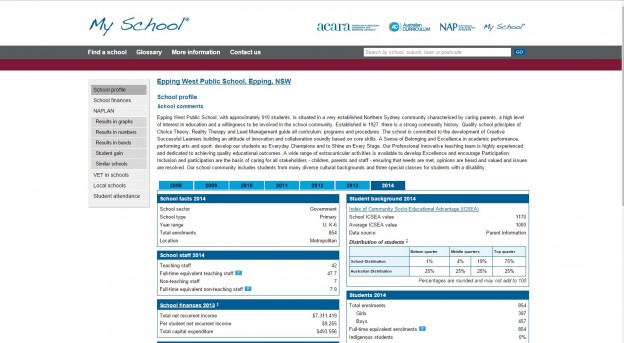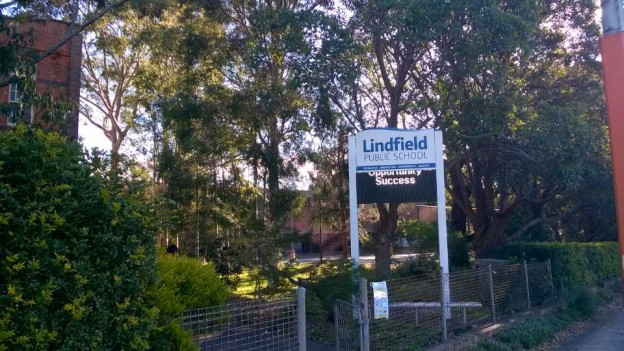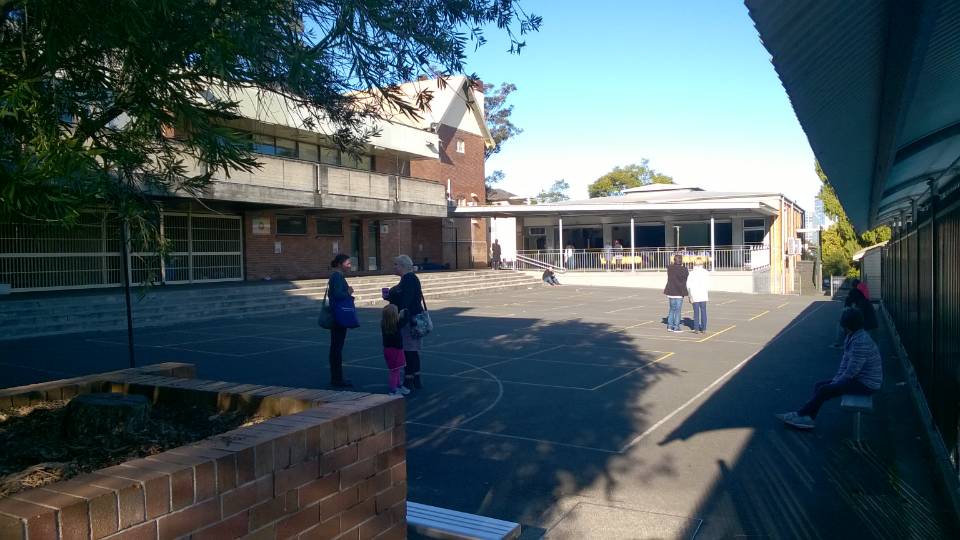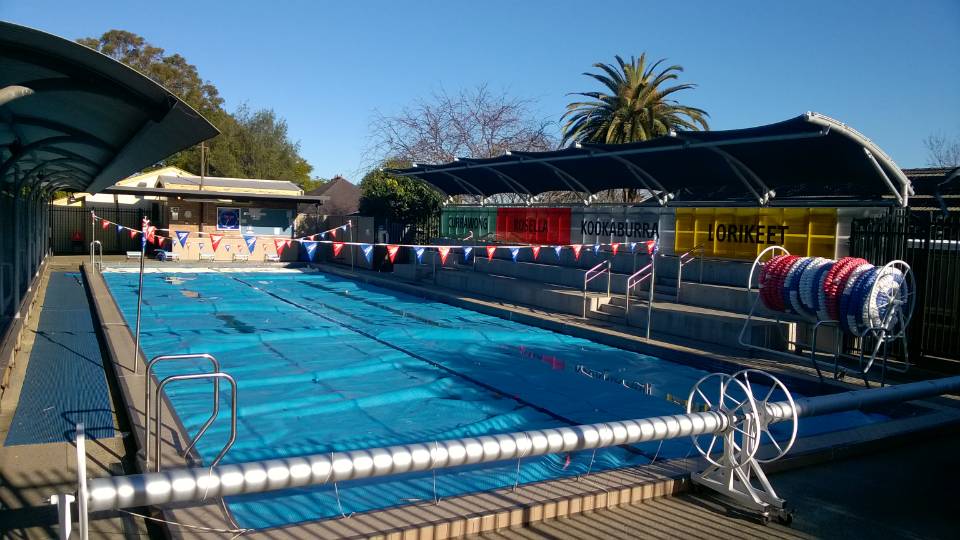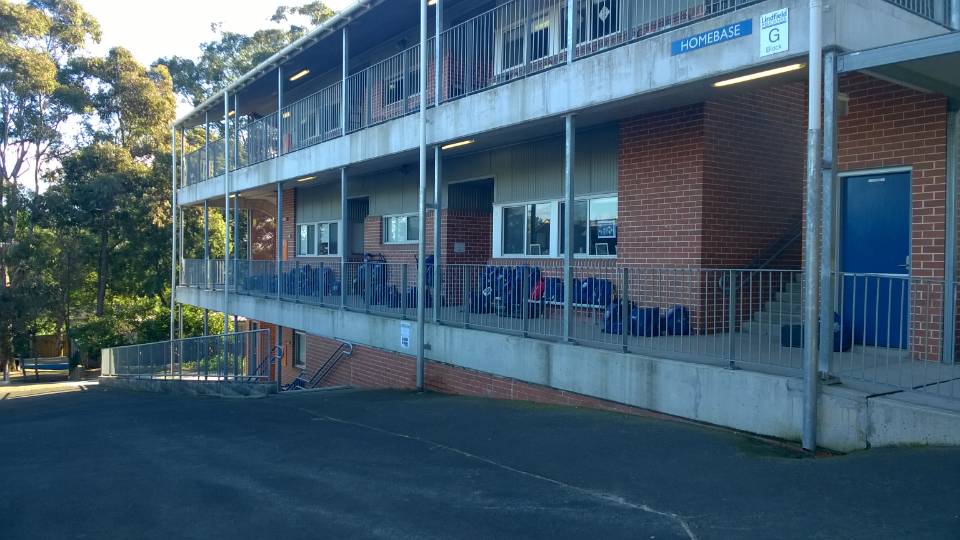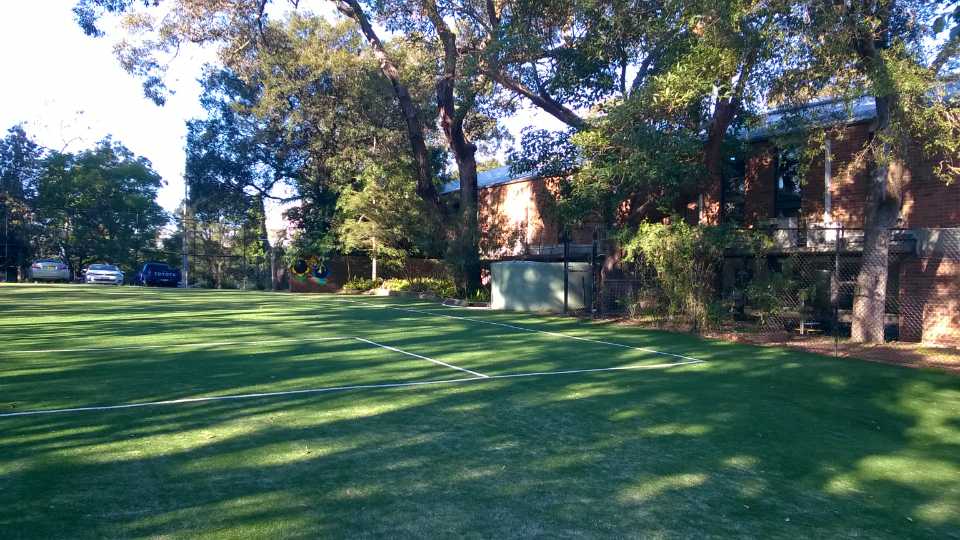I read this article Sydney Schools Becoming Anglo Ghettos on SMH a few weeks back. This is a very interesting article and deserve some in depth discussion. I think the more correct term would be the some schools are becoming ghettos, not just Anglo. First the word ghettos may often used in denigrating fashion, most commonly refer to area that is mostly reside by population that are under privilege or minority groups. However modern day usage can mean concentrate of certain groups of people in a particular area. Since people with Anglo background is the majority group in Sydney, so use of the term “Anglo Ghettos” is more for the shock value and attracting attentions. To be honest the title of the article did its intended job very well, it generated plenty of controversy and interest.
It is no argument that public school has higher percentage of students with none English speaking background than their private counter part. Most of examples are from lower north shore area. In general the pattern is that public schools have higher percentage of students from none English speaking background compare to their private school counterpart where the government selective schools contain even higher percentage of students from none English speaking background.
The important part the particular article does not go into is why this is the case in Sydney, only point mentioned is that parents with Anglo background maybe actively shunning the public schools. So exactly what has driven and formed these “Ghettos” in public and private schools? In my personal opinion there are multiple of reasons that contributed to this particular phenomenon.
Anglo Families are Shunning the Public Schools
This is definitely is the case by looking at the statistics and from personal experience. I know from first hand information, some Anglo families are giving up the government selective school position because they think the school in question had too many Asians. This is probably one of the biggest reason other than Asian families tend to favour government selective schools with higher academic performance.
Families with none English Speaking Background Shunning the Private Schools with Religious Background Particularly Catholic
This is my theory, Asians I know tend to be agnostic or lower level of religious association so some of them may have avoided the private schools with religious affiliations. I do know Asian families avoided catholic schools for this particular reason. I may make a research project out of this in the future to collect more stats and do a better analysis on this sub topic.
Difference in Social Economic Background
Again this is my theory only, despite the news report that Asians are buying up everything in Australia. Majority of immigrants families here just did not have the same amount of time accumulate wealth over multiple generations. It is not really affordable for middle income families to send more than one children to one of the top private schools on full fee. Even one child at top private school with full fee will stretch a middle class family’s budget badly.
Most selective schools students tend to be solidly middle ground however it is rare to have students with “super rich” parents. And this I think in a large degree explains why public school in general have higher level of students from none English speaking background.
Tradition
For families that resided in Sydney for a long time, you often had grand parents, parents, sisters and brothers all went the same set of private schools. It is natural for the particular families to wish their children to go to the same schools. Families with none English speaking background tend to be new comers and just have less affiliation with a particular school. This phenomenon is very common in private schools from the people I talk to, but much less than with public schools.
Asians Favours Academic Performance
It is probably not a secret that many first generation Asian families favours academic performance over most other factors when picking schools. Government selective schools are focus of this which is why you have a much higher concentration of students with Asian background. For Asians families that are second generation I do not found too much of a difference in their motive compare to Anglo families in whether sending their children to private or public schools.
A lot of top private schools offer scholarship for students based on academic performance, it would be really interesting to see the composition of those students and how many of them are from none English speaking background.
Overall there are a wealth of information from myschool.edu.au and a lot of can be learned from data gathered. I wanted to do a follow up article on this topic to go over some of the stats around it.
 通过电子邮件分享此帖
通过电子邮件分享此帖
